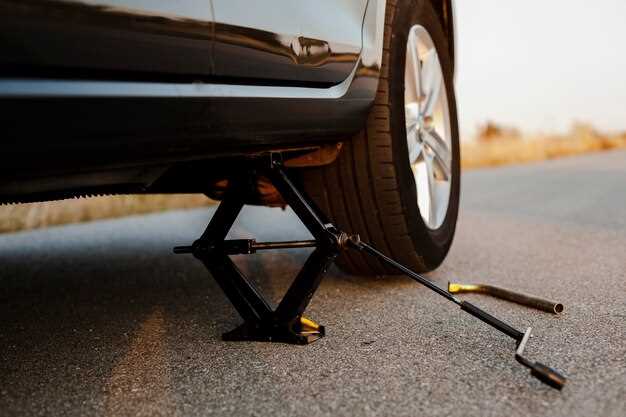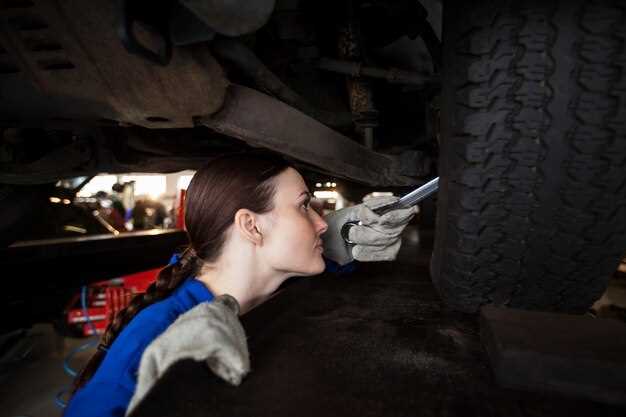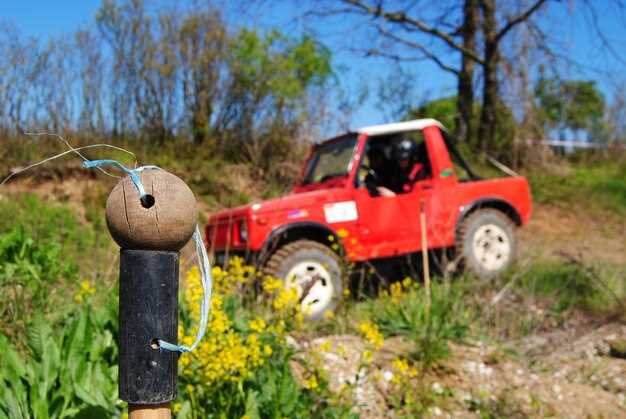Safe winch usage for Jeep recoveries


When it comes to off-roading adventures, the thrill of driving a Jeep through rugged terrain is unmatched. However, the excitement can quickly turn into a challenging situation when your vehicle gets stuck. That’s where winches come into play–essential tools designed to assist in Jeep recoveries. Understanding safe techniques for using winches is crucial to ensuring both the effectiveness of the recovery process and the safety of everyone involved.
The primary technique for winching involves assessing the situation carefully before initiating recovery. This includes evaluating the terrain, identifying anchor points, and ensuring that the winch is properly rigged. Each of these elements plays a significant role in the success of the operation. For instance, selecting a solid anchor point that can withstand the stress of the pull is vital, as failure to do so can lead to dangerous situations.
Additionally, mastering winch operation techniques, such as maintaining control over the winch line and using the correct gear ratios, can greatly enhance safety and efficiency. Being mindful of the environment–like possible obstacles or inclines–also contributes to a successful recovery. By focusing on these safe techniques, Jeep enthusiasts can prepare themselves for any recovery scenario, ensuring that no adventure ends in disaster.
Choosing the Right Winch Capacity for Your Jeep
Selecting the correct winch capacity is crucial for effective and safe winching during off-road recoveries. An appropriate winch ensures that the recovery process is efficient and minimizes the risk of equipment failure. Here are the key factors to consider when determining the right winch capacity for your Jeep:
- Jeep Weight: The first step is to know the total weight of your Jeep, including any modifications, added gear, and passengers. A common guideline is to choose a winch with a pulling capacity of at least 1.5 times your Jeep’s weight. For instance, if your Jeep weighs 4,000 pounds, opt for a winch with a capacity of at least 6,000 pounds.
- Terrain Considerations: The type of terrain you frequently navigate plays a role in winch selection. Steep inclines, mud, or rocky surfaces may demand additional pulling power. In such cases, consider a winch with higher capacity to handle these challenges effectively.
- Recovery Scenarios: Evaluate the typical recovery scenarios you might encounter. If you anticipate needing to pull other vehicles or recover from more severe situations, having a winch with greater capacity provides added security and efficiency during winching operations.
- Winch Type: Electric and hydraulic winches differ in their specifications. Electric winches are common for Jeeps, offering ease of use and installation. Ensure that the selected electric winch meets the capacity requirements based on your calculations.
In addition to these guidelines, it’s essential to consider additional factors such as:
- Rope Type: Synthetic ropes are lighter and safer in use, while wire ropes are more durable but heavier. Choose based on your specific needs, but keep the winch capacity in mind.
- Gear Ratio: Winches with a lower gear ratio provide more pulling power at a slower speed, which can be beneficial in challenging conditions.
- Quality and Brand: Invest in reputable brands known for their reliability and durability. Quality winches are typically designed to handle their stated capacities, ensuring safe winching.
In summary, selecting the right winch capacity for your Jeep involves understanding your vehicle’s weight, potential recovery scenarios, and the type of terrain you will encounter. By carefully considering these factors, you ensure that your winching setup is both efficient and safe, allowing for successful recoveries in various conditions.
Proper Hookup Methods to Minimize Risk During Recovery

When using winches for Jeep recoveries, employing proper hookup methods is crucial to minimize risks associated with the recovery process. The technique you choose directly influences the safety of all participants and the integrity of the vehicles involved.
First and foremost, always use a recovery strap instead of a tow strap. Recovery straps are specifically designed to stretch and absorb kinetic energy, reducing the likelihood of a snapback if something goes wrong. Ensure that the strap is rated for the weight of the vehicle being recovered.
When attaching the hook to the recovery point, it is vital to use a shackle rather than a direct hook attachment. A shackle provides a stronger connection and minimizes the risk of the hook detaching during the recovery. Always ensure that the shackle is properly secured and rated for the load it will bear.
Utilizing a pulley system can also enhance safety and efficiency. A winch block can redirect the winch line, which allows for better positioning and reduces the strain on the winch itself. This approach is especially beneficial in uneven terrains where direct pull may not be feasible.
Before executing the recovery, it is essential to maintain a safe distance from the winch line and the vehicle. All bystanders should be at least 1.5 times the length of the winch line away from the recovery zone. This distance significantly reduces the risk of injury if the line fails under tension.
Lastly, always conduct a visual inspection of all equipment before use. Check for any signs of wear or damage on the winch line, hooks, and shackles. Reporting any issues and replacing worn items ensures that you use safe and reliable gear during recovery operations.
Maintaining Your Winch for Optimal Performance and Safety

Proper maintenance of your winch is essential for ensuring both performance and safety during winching operations. Regular upkeep not only extends the lifespan of your equipment but also enhances its reliability when you need it the most.
1. Regular Inspection: Conduct routine inspections of your winch, including the cable, motor, and mounting points. Look for fraying, rust, or any signs of wear that could compromise the integrity of the system. Ensure that all components are securely attached and free from damage.
2. Lubrication: Keep moving parts well-lubricated to prevent corrosion and mechanical failure. Apply the appropriate lubricant to bearings, gears, and pulleys as specified in your winch manual. Avoid over-lubrication, which can attract dirt and debris, leading to further issues.
3. Cleanliness: Always keep your winch clean and free from mud, dirt, and debris. After each use, especially in off-road conditions, wipe down the winch and inspect the cable for any contaminants. Use a soft brush or cloth to remove any stubborn particles without damaging the equipment.
4. Cable Maintenance: A winch cable is one of its most critical components. Inspect the cable for kinks, cuts, or signs of wear. If you notice any damage, replace the cable immediately to avoid failure during use. For synthetic rope cables, ensure they are stored properly to avoid UV damage.
5. Electrical Connection Checks: Regularly examine the electrical connections of your winch. Loose or corroded connections can lead to poor performance or even total failure. Ensure battery terminals and winch connectors are clean and securely fastened.
6. Following Manufacturer Guidelines: Adhere to the manufacturer’s maintenance schedule and guidelines. This includes routine service checks, replacing worn parts, and any recommended procedures to maintain optimal operation. Each winch model may have specific requirements that should not be overlooked.
7. Safe Use Practices: Understand that maintenance goes hand in hand with safe operating practices. Always ensure that your winch is rated for the load it’s pulling and use safety gear such as gloves and goggles during winching operations. This ensures not only your safety but also minimizes wear on the equipment.
By following these maintenance tips, you can ensure that your winch remains in top condition, ready for any recovery situation while maximizing both performance and safety.
